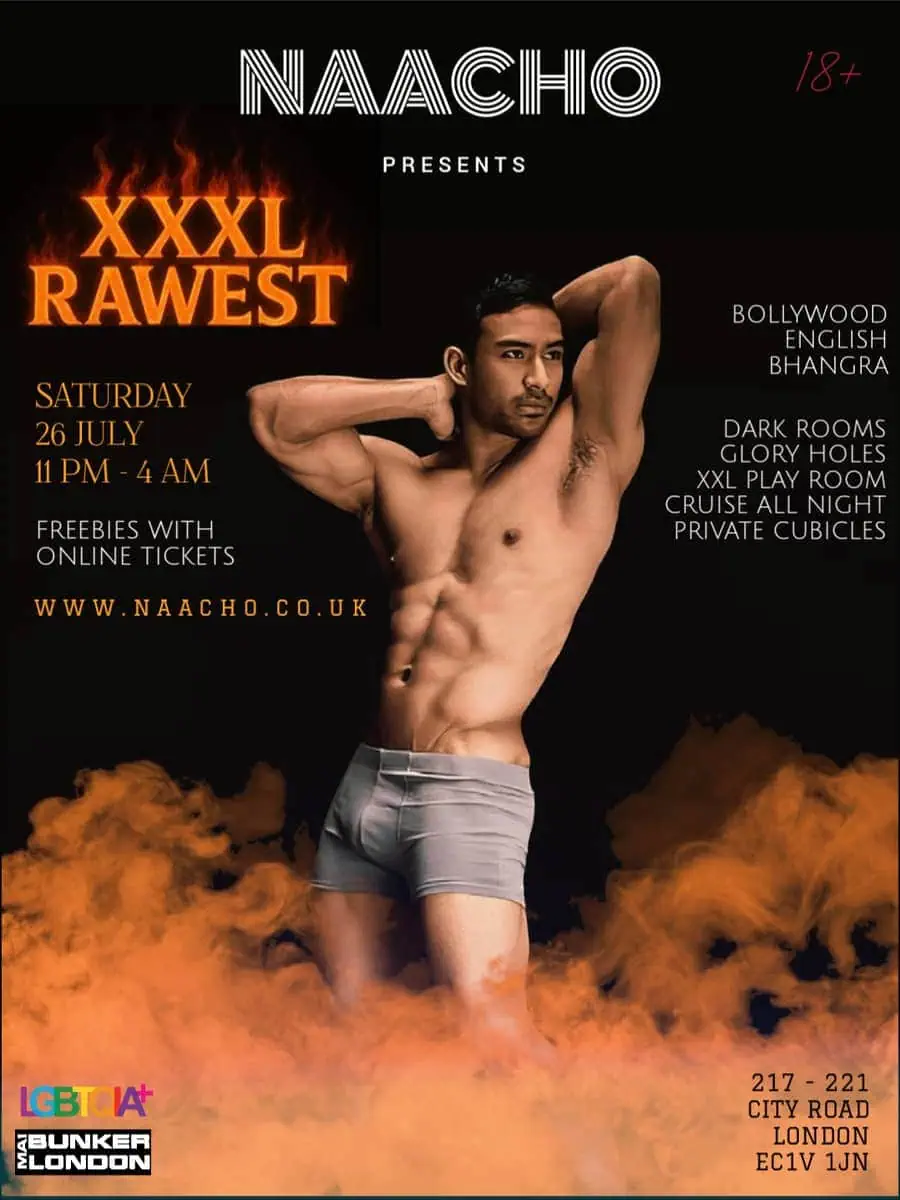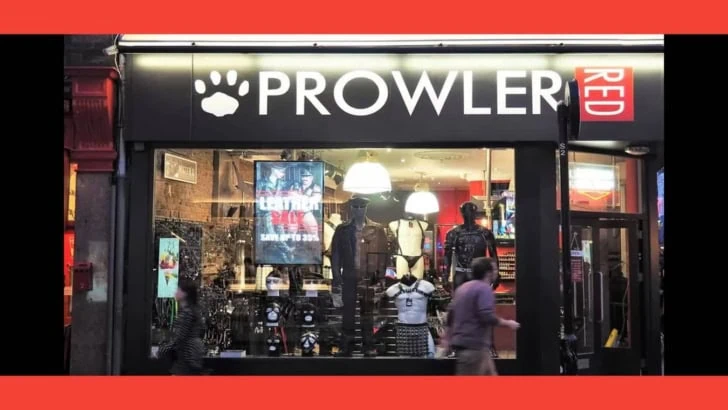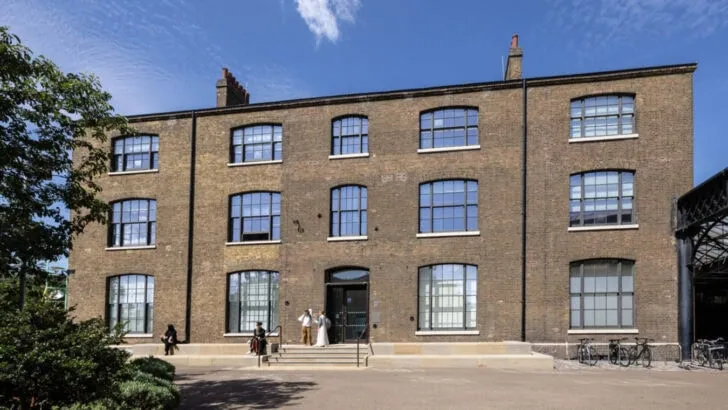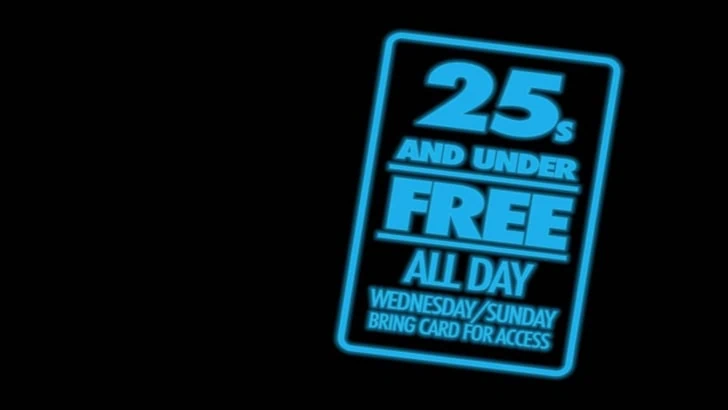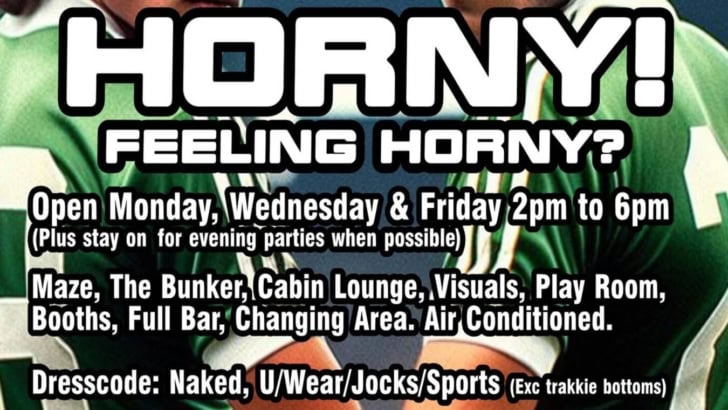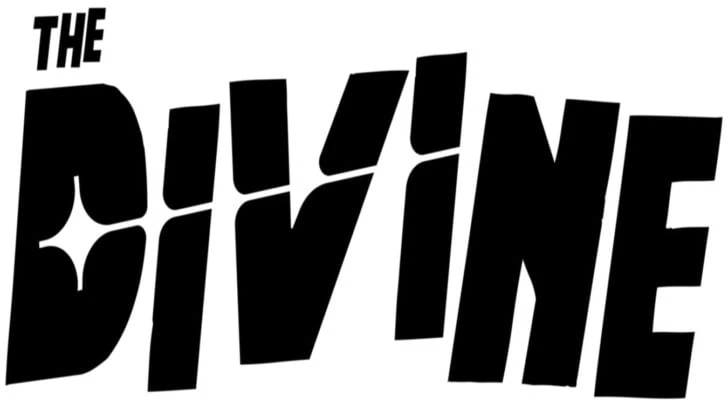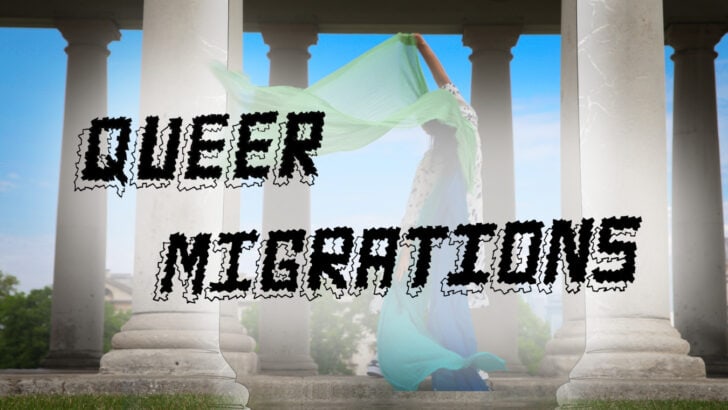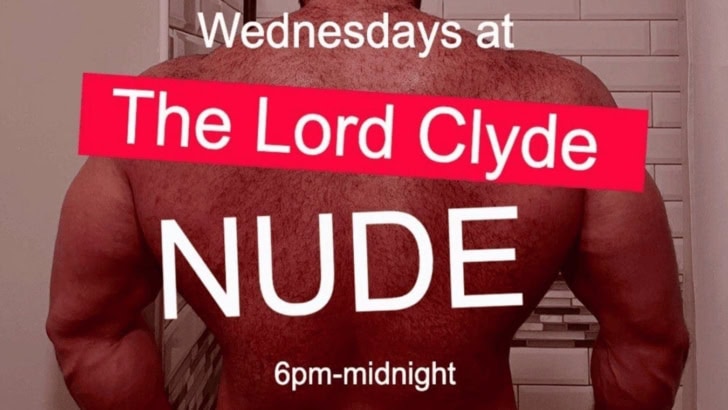LAST OF THE SENSITIVE YOUTHS
For a time during the period of transition that followed World War II, troubled young men who might or might not be gay existed almost side by side in theatres with the first out and proud homos. The scene was being set for the shockingly sexy spectacle of the 1960s.
The 1950s, in contrast, began with a distinctly pre-war allegory, Bell, Book and Candle, in which a witches’ coven now seems to represent the queer underworld. It was written by gay playwright John van Druten, who went on to write I Am a Camera (1951) in which his gay friend, Christopher Isherwood, talks in passing about his sex life, but not the gender of his lovers.
The word “homosexual” was strictly taboo. Walcott Gibbs wouldn’t even use it in stage directions. In his play Season in the Sun (1950), we’re told only that two camp, male characters “would have no trouble at all flying in and out of windows.”
The feared word was finally included by husband and wife team Leueen McGrath and George S. Kaufman in their play The Small Hours. (A sissy boy tells his mom, “I’m a latent homosexual.”) The play managed 20 performances on Broadway in 1951.
We will allow the word pansy but not bugger.
The Lord Chamberlain refused to allow such language in the UK. He wouldn’t even allow Andrew Rosenthal’s Third Person (1951) to transfer to the West End unless references to two men living together were removed. A substitute line, “He knew Eric very well”, was approved. How the gay character Christopher Wren in Agatha Christie’s The Mousetrap (1952) crept under the censorship wire is a mystery worthy of one of Christie’s own.
But there he is for all to see, still camping it up at St Martin’s Theatre after nearly 60 years. (He says, “I always think that policemen are very attractive.”) There’s steamier stuff in Philip King’s Serious Charge (1954) in which a vicar with a flair for interior decoration is accused of sexual assault by one of the boys who attends the reverend’s youth club.
It seems that by 1955 gay plays were commonplace in London. After seeing Julien Green’s South that year, Kenneth Williams wrote in his diary, “It’s about a young homosexual in love with a normal young man; of course he commits suicide…I’m sick of this ‘persecuted queer’ stuff.”
In New York two plays tackled society’s attitude to homosexuality without much success. One, James Barr’s Game of Fools (1954) was barely seen at the time, but is now regarded as seminal. The other, The Immoralist (1954) by another married couple, Ruth and Augustus Goetz, had a brief Broadway run, but is historically important because James Dean, who played a gay houseboy, was spotted and taken to Hollywood.
The first major plays to touch on homosexual issues also came from Broadway. (They were all banned by the Lord Chamberlain). In Robert Anderson’s Tea and Sympathy (1952) a sissy schoolboy is the hero and he’s rewarded with sex with his housemaster’s wife.
Tennessee Williams’ Cat on a Hot Tin Roof (1955) has a repressed gay man take to the bottle rather than bonk his sexy missus. Modern theatre’s first gay kiss happens in Arthur Miller’s A View from the Bridge (1956) in which straight Eddie tries to humiliate effeminate Rodolpho by giving him one on the lips.
FIRST OF THE GOOD GAY GUYS
The age-old link between gay men and the theatre was reinforced in 1950 when former actor Harry Hay formed the American homophile group The Mattachine Society. It was one of the earliest gay rights organisations to be tolerated. Attitudes to homosexuality were changing and censors were lagging behind public opinion.
In 1957 the US Supreme Court reinterpreted the meaning of obscenity, freeing the arts to deal responsibly with homosexuality. In 1958 the Lord Chamberlain’s office relaxed its guidelines. Henceforth it would permit homosexuality to be discussed but not “practical demonstrations of love between homosexuals.”
It added, “We will allow the word pansy but not bugger.” Roger Gellert’s Quaint Honour (1958) went too far and could only play at the Arts Theatre Club. It treats gay teenage love (the relationship between two schoolboys) matter-of-factly and was the Beautiful Thing of its day. Then came A Taste of Honey, so brilliant that it couldn’t be suppressed.
GREAT GAY PLAYS
Cat on a Hot Tin Roof (1955)
To critic Nicholas de Jongh this is “the first truly modern play about homosexual desire and the most important one.” The Act II confrontation between Big Daddy and his gay son, Brick, is as searing today as when it was written. The 2010 London production with an all-black cast headed by the superb James Earl Jones and Adrian Lester established Williams’ play as one of theatre’s greatest gay tragedies.
A Taste of Honey (1958)
Arguably the best play ever written by an 18-year-old, this catapulted gay theatre out of its Dark Age and into the future. Art student Geoff is not only modern theatre’s first openly gay man (anti-heroine Jo grills him about his sexuality); he’s also the most sympathetic character in the play. He wants to look after Jo and her as yet unborn child, but he can’t cope with heterosexual bigotry. Writer Shelagh Delaney turned out to be a one-trick pony. But what a trick!
Next week 1960’s!
